Explore the Rich History of Fengxue Temple: A Hidden Gem in Chinese Culture
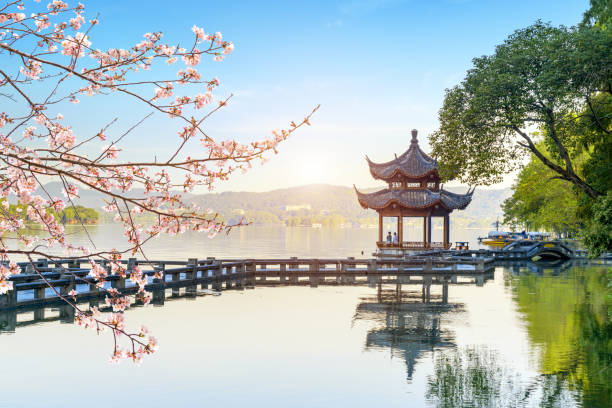
An Essential Guide to Visiting Fengxue Temple And Pagodas
In This Guide
- An Essential Guide to Visiting Fengxue Temple And Pagodas
- The Rich History and Legends of Fengxue Temple And Pagodas
- Main Highlights: What You Absolutely Can’t Miss
- Planning Your Visit: A Practical Guide
- Tickets: Prices, Booking, and Tips
- How to Get There: A Complete Transportation Guide
- Local Cuisine and Accommodation Nearby
- Frequently Asked Questions
- Final Thoughts on Your Trip
Nestled within the breathtaking landscapes of Fengxue Mountain, just nine kilometers northeast of Ruzhou City, lies Fengxue Temple (凤穴寺), a sanctuary steeped in over 1,800 years of history. Recognized as one of the “Four Great Temples of Central China,” this remarkable site invites travelers to explore a fascinating blend of spirituality, artistry, and architectural grandeur.
As you make your way to Fengxue Temple, be prepared to step into an open-air museum where the remnants of dynasties past come alive. The temple complex showcases well-preserved structures from the Tang, Song, Jin, Yuan, Ming, and Qing dynasties, offering a unique glimpse into China’s rich architectural heritage. Among its most treasured features are the Seven Patriarchs Pagoda, the Great Iron Bell, and the Central Buddha Hall—each a testament to the craftsmanship and devotion of the eras they represent.
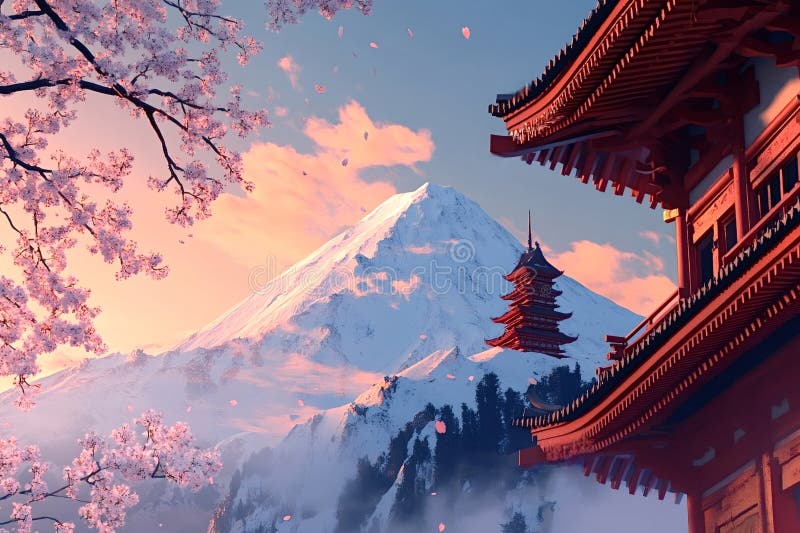
Fengxue Temple And Pagodas.
Visiting Fengxue Temple is not merely a sightseeing experience; it is a journey through time, where the whispers of monks and the echoes of prayers resonate through the tranquil paths lined with ancient trees and vibrant flora. Whether you are an avid historian, a culture enthusiast, or a curious traveler, Fengxue Temple promises an enriching experience that connects you deeply to the heart of Chinese history and spirituality.
Tips for Your Visit:
- Transportation: Local buses frequently run along Fengxue Road. Inquire at your hotel for the best route to reach the temple.
- Bring Coins: Small denominations will not only ease your experience when making offerings but are also appreciated by the temple’s monks.
- Take Your Time: Wander through the complex and soak in the serene atmosphere. Each corner offers a new perspective or story waiting to be uncovered.
Prepare to be captivated by the beauty and history of Fengxue Temple, a destination that beautifully encapsulates the spirit of China’s cultural legacy.

Fengxue Temple And Pagodas.
The Rich History and Legends of Fengxue Temple And Pagodas
Fengxue Temple, nestled within the enchanting landscapes of Ruzhou, is a historical gem that beckons travelers with its rich tapestry of history and legends. This ancient sanctuary, dating back over 1,800 years, is not merely a site of worship; it is a testament to the evolution of Chinese architecture and culture through the dynasties.
A Glimpse into History
Originally established during the Eastern Han dynasty’s Zhongping period, Fengxue Temple has weathered the sands of time, standing resilient through the tumultuous changes in Chinese history. Recognized as one of the “Four Great Temples of Central China,” alongside the famed Shaolin Temple, Fengxue Temple flourished as a center for Buddhist learning and practice, drawing monks and scholars from across the region.
The temple complex is an architectural marvel, showcasing well-preserved structures that span the Tang, Song, Jin, Yuan, Ming, and Qing dynasties. Each era has left its indelible mark, making the temple an open-air museum of ancient architecture. Among its most distinguished features are:
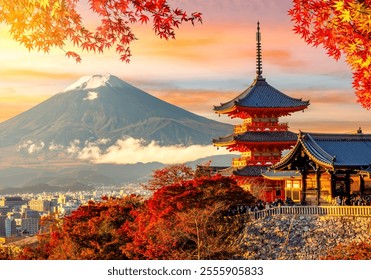
Fengxue Temple And Pagodas.
-
The Seven Patriarchs Pagoda (七祖塔, Qī zǔ tǎ): This nine-story relic pagoda from the Tang dynasty is particularly noteworthy, as it is the only one of its kind in China. It serves as a focal point for visitors, symbolizing the deep roots of Buddhism in the region.
-
The Great Iron Bell (大铁钟, Dà tiě zhōng): Hailing from the Song dynasty, this remarkable bell is one of only five Tang and Song-era iron bells still resting on their original frames. Its presence adds a unique auditory history to the temple, echoing the prayers and rituals of centuries past.
-
The Central Buddha Hall (中佛殿, Zhōng fó diàn): Constructed during the Jin dynasty, this hall houses exquisite statues and intricate carvings, representing the pinnacle of Buddhist artistry during its time.
Legends and Lore
Fengxue Temple is steeped in legends that enhance its allure. One such tale speaks of the Dragon of Fengxue Mountain, said to have once inhabited the nearby peaks. Local lore suggests that this dragon was a guardian spirit of the temple, ensuring the prosperity of the area and the safety of its inhabitants. Pilgrims visiting the temple often leave offerings to appease the dragon, seeking its blessings for health and fortune.
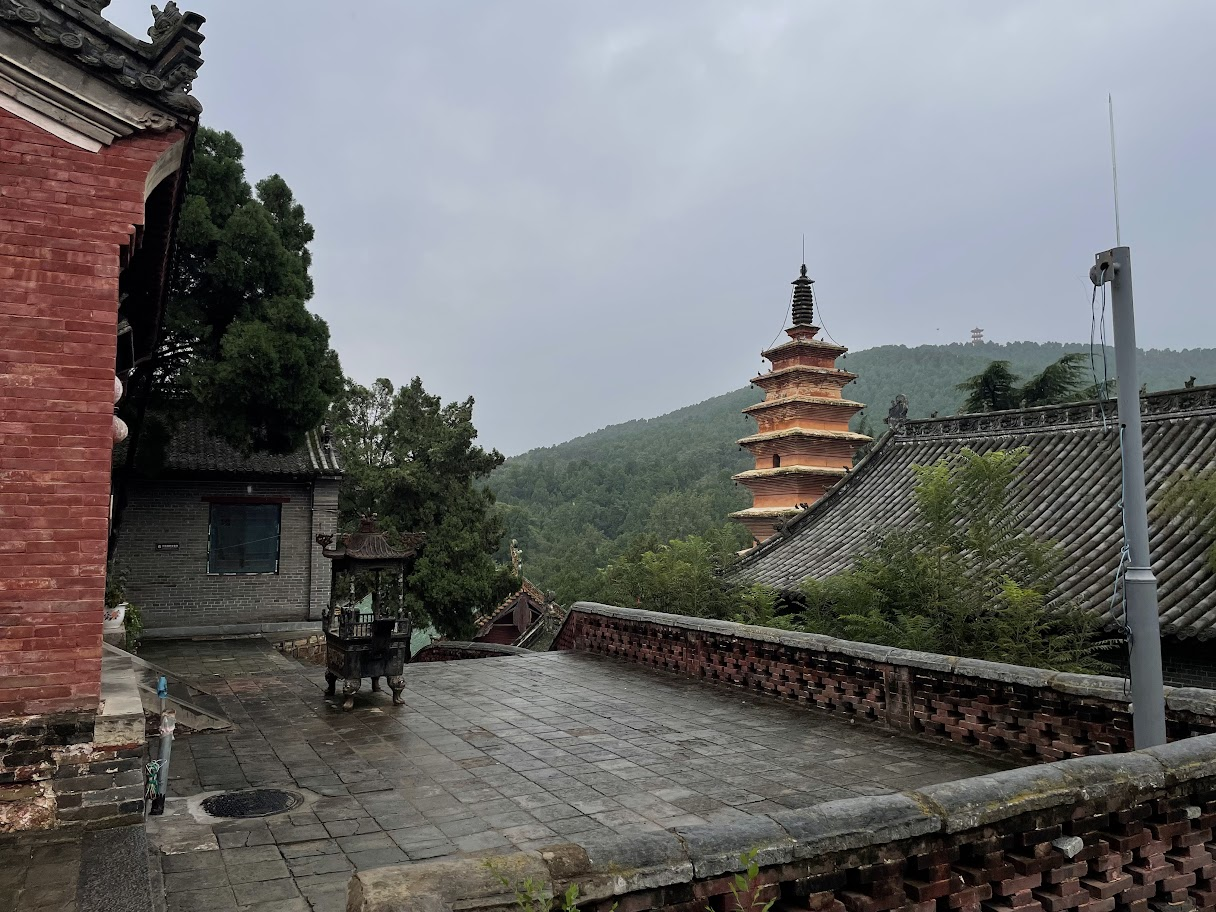
Fengxue Temple And Pagodas.
Another popular legend involves the Seven Patriarchs commemorated by the pagoda. It is said that these revered monks, who played pivotal roles in spreading Buddhism throughout Central China, once convened at the temple for a momentous gathering. Their teachings and philosophies are believed to linger in the air, influencing all who visit.
An Invitation to Experience
For those embarking on a journey to Fengxue Temple, prepare to be captivated not only by its architectural wonders but also by the stories that resonate through its corridors. As you explore the paths lined with ancient trees and intricate carvings, take a moment to engage with the local monks, whose wisdom and insights can deepen your understanding of this sacred site.
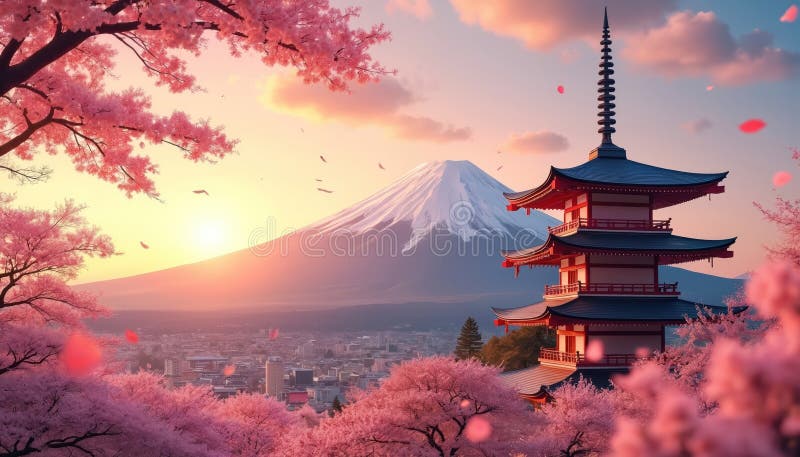
Fengxue Temple And Pagodas.
As you wander through this tranquil haven, you’ll discover that Fengxue Temple is not just a destination; it’s a bridge to the past, a sanctuary of spirituality, and a vibrant part of China’s cultural heritage. Whether you’re a history buff, a culture enthusiast, or simply seeking a peaceful retreat, Fengxue Temple invites you to immerse yourself in its rich history and legends.
Main Highlights: What You Absolutely Can’t Miss
Discover the Treasures of Fengxue Temple and Pagodas
Fengxue Temple (凤穴寺) is not just a religious site; it is a monumental testament to China’s rich history and architectural prowess. Nestled in the scenic hills of Ruzhou, this ancient temple complex has been a sanctuary for over 1,800 years. Here are the main highlights that make Fengxue Temple and its pagodas a must-visit for anyone interested in Chinese history and culture.
1. A Rich Historical Background
Established during the Eastern Han dynasty, Fengxue Temple stands as one of the Four Great Temples of Central China. This designation places it alongside the famed Shaolin Temple, reinforcing its significance in Chinese cultural heritage. The temple complex is recognized as a national 4A-level scenic area and is a key cultural heritage site, designated by the State Council.

Fengxue Temple And Pagodas.
2. Architectural Marvels
Fengxue Temple boasts an impressive collection of structures from multiple dynasties, including:
- Seven Patriarchs Pagoda (七祖塔, Qī zǔ tǎ): This remarkable nine-story relic pagoda, constructed during the Tang dynasty, is the only one of its kind in China, making it a unique architectural gem.
- Great Iron Bell (大铁钟, Dà tiě zhōng): Dating back to the Song dynasty, this bell is one of only five remaining Tang and Song-era iron bells still housed in its original frame. It is notable for being the last of its kind in Henan province.
- Central Buddha Hall (中佛殿, Zhōng fó diàn): This stunning hall from the Jin dynasty showcases exquisite craftsmanship and remains a focal point for visitors and worshippers alike.
These structures are collectively celebrated as the “Three National Treasures” of Fengxue Temple, offering an open-air museum experience that highlights ancient Chinese architecture.
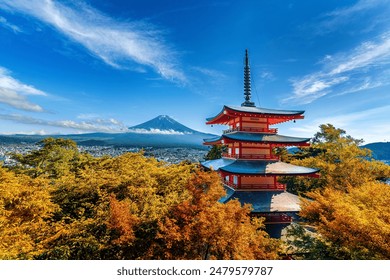
Fengxue Temple And Pagodas.
3. Scenic Natural Surroundings
Fengxue Temple is perched on the southern slope of the majestic Shaoshi Mountain, part of the Song Mountain range. The temple’s location provides breathtaking views of the surrounding landscape, making it a serene and picturesque site for exploration and reflection. The paths leading to the temple are lined with lush greenery, creating a tranquil atmosphere that enhances your visit.
4. Cultural Practices and Rituals
Visitors to Fengxue Temple can engage in traditional practices such as ringing the temple bells. Each small temple within the complex is often attended by monks who invite visitors to participate in rituals by dropping coins into prayer boxes. The ringing of the bells, which correspond to the number of coins donated, adds a personal touch to the spiritual experience.
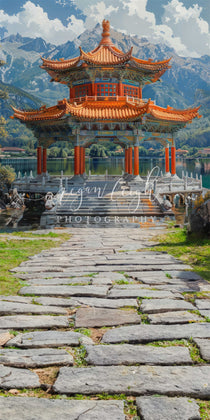
Fengxue Temple And Pagodas.
5. Practical Tips for Your Visit
- Getting There: Accessing Fengxue Temple is straightforward. Local buses run frequently along Fengxue Road, and asking your hotel for details will make navigation easier. Consider having phrases written in Chinese to facilitate communication with locals.
- Prepare for Exploration: The temple complex is expansive, with many paths to explore. Wear comfortable shoes and take your time to appreciate the intricate details of the architecture and the beauty of the surroundings.
- Bring Small Change: It’s advisable to carry small denominations of RMB (1 RMB notes and coins) for donations and purchases, making your visit smoother and more enjoyable.
Fengxue Temple and its pagodas present an extraordinary opportunity to immerse yourself in the heart of Chinese spirituality, history, and culture. Whether you are a history buff, an architecture enthusiast, or simply seeking a peaceful retreat, this ancient complex is an unmissable highlight on your journey through China.

Fengxue Temple And Pagodas.
Planning Your Visit: A Practical Guide
Essential Information for Your Visit to Fengxue Temple and Pagodas
Nestled in the serene foothills of the Song Mountain range, Fengxue Temple (凤穴寺) is not just a place of worship but a treasure trove of Chinese history and culture. To make the most of your visit to this ancient sanctuary, here’s a practical guide to navigating your experience.
Location and Accessibility
Fengxue Temple is located approximately 9 kilometers northeast of Ruzhou City, making it easily accessible for travelers.
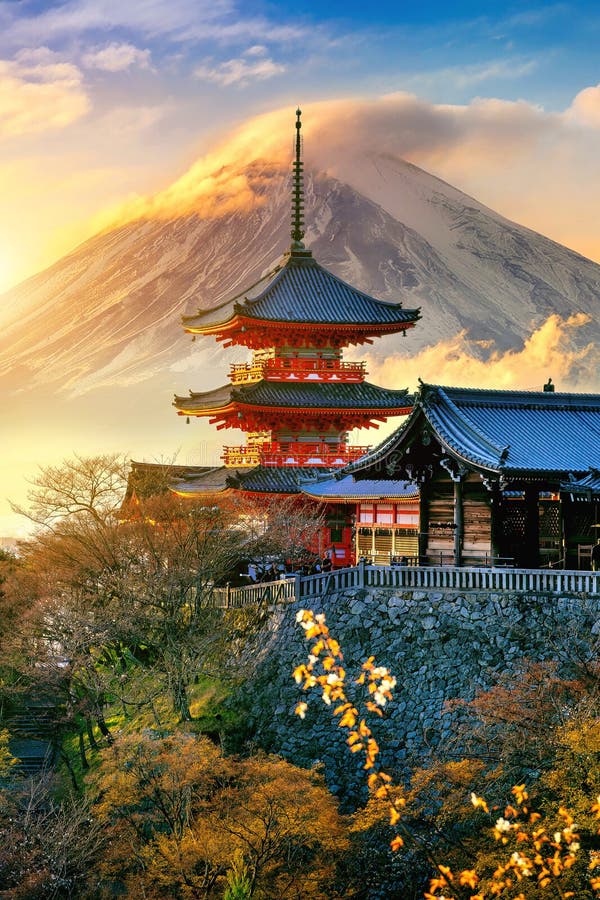
Fengxue Temple And Pagodas.
-
Getting There: You can catch a local bus along Fengxue Road. While the bus number may vary, your hotel staff can assist you with details. It’s advisable to have a printed brochure or a few phrases written in Chinese, such as “What bus?” or “Can you help me?”, to simplify communication.
-
Best Time to Visit: The temple is particularly tranquil in the months following the National Day and Golden Week celebrations (early November is ideal). Expect larger crowds during peak seasons.
What to Expect
Fengxue Temple is a sprawling complex that invites leisurely exploration. Here’s what you should look out for:
-
Rich History: Established over 1,800 years ago, the temple is one of the “Four Great Temples of Central China.” Its structures showcase architectural marvels from various dynasties, including the Tang, Song, and Qing.
-
Must-See Structures:
- Seven Patriarchs Pagoda: A unique nine-story relic pagoda from the Tang dynasty.
- Great Iron Bell: An ancient iron bell from the Song dynasty, still on its original frame.
- Central Buddha Hall: A stunning hall from the Jin dynasty, housing revered artifacts and statues.

Fengxue Temple And Pagodas.
Tips for Your Visit
To enhance your experience at Fengxue Temple, consider the following tips:
-
Coins and Donations: Carry a pocketful of 1 RMB notes and coins. Small donations at the temple’s various shrines are customary and help support the local monks. It’s a more respectful way of participating in the temple’s rituals.
-
Take Your Time: The temple grounds are extensive, with numerous paths and smaller temples. Don’t rush; allow yourself to soak in the history and serene atmosphere.
-
Photography: The architecture and natural scenery provide ample opportunities for stunning photographs. However, be mindful of areas where photography may be restricted.
-
Local Etiquette: Engaging with locals can enrich your experience. A simple greeting in Chinese or a friendly smile can go a long way in fostering goodwill.
Nearby Attractions
If time permits, consider exploring the surrounding area:
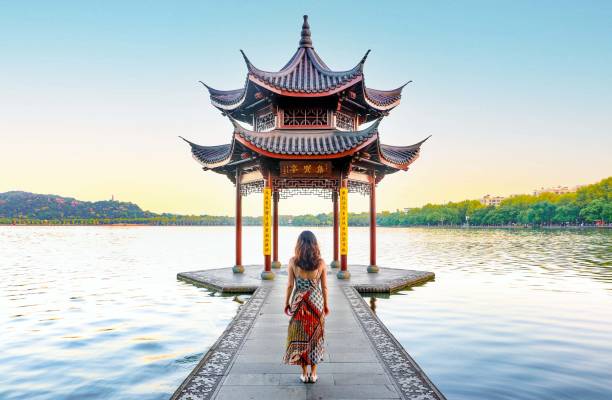
Fengxue Temple And Pagodas.
- Ruzhou Confucius Temple: A short distance away, this temple offers insights into Confucian philosophy and practices.
- Faxing Pagoda: Another historic site worth visiting, showcasing beautiful architecture and serene surroundings.
Essential Information
- Opening Hours: The temple is open 24 hours; however, visiting during daylight will enhance your experience.
- Address: Qiling Country, Ruzhou, Henan 467500, China.
Fengxue Temple and its pagodas stand as a testament to China’s rich cultural heritage. With this practical guide, you’re well-equipped to embark on a journey through history, spirituality, and architectural beauty. Enjoy your visit!
Tickets: Prices, Booking, and Tips
Ticket Information for Fengxue Temple and Pagodas
Visiting Fengxue Temple and its surrounding pagodas is a journey into over 1,800 years of Chinese history. To ensure you have a smooth and enjoyable experience, here’s a detailed guide on ticket prices, booking options, and some invaluable tips for your visit.
Ticket Prices
- General Admission:
-
The ticket price for entry into Fengxue Temple is approximately 30 RMB (about $5 USD).
-
Discounted Tickets:
-
Students, seniors, and children may be eligible for discounted tickets. Always have your identification ready to show at the ticket counter.
-
Guided Tours:
- For those interested in a more in-depth understanding of the site’s rich history, guided tours are available for an additional fee. These typically range from 50 to 100 RMB depending on the group size and inclusivity of audio guides.
Booking Options
- On-Site Purchase:
-
Tickets can be purchased directly at the entrance. Arriving early is advisable, especially during peak tourist seasons or weekends, as the site can get crowded.
-
Advance Booking:
- While not mandatory, booking in advance through various travel platforms can help you secure a spot during busy periods. Websites like Trip.com and local travel agencies may offer packages that include transportation and guided tours.
Transportation Tips
- Getting There:
- Fengxue Temple is located about 9 kilometers northeast of Ruzhou City. The easiest way to reach the temple is by local bus. You can catch a bus along Fengxue Road; ask your hotel for specific bus numbers and schedules.
- Travel Tip: Keep a few phrases written in Chinese, such as “What bus?” and “Can you help me?” to facilitate communication with locals.
Useful Visitor Tips
- Cash is King:
-
Always carry a pocketful of 1 RMB notes and coins. These are handy for small donations at the temple and for buying snacks or drinks along the way. It’s advisable to avoid using larger denominations for small transactions to prevent awkwardness.
-
Explore the Surroundings:
-
Allow ample time to wander the complex. The temple grounds are expansive and filled with various attractions. Take a moment to appreciate the detailed architecture and serene landscapes—there’s much to discover beyond just the temple itself.
-
Best Times to Visit:
-
For a more peaceful experience, consider visiting during the off-peak seasons, such as late autumn or early spring. Avoid major holidays like National Day and Golden Week, when crowds tend to peak.
-
Stay Hydrated and Prepare for Walking:
- Wear comfortable shoes and bring water, as the temple grounds involve a fair bit of walking across various paths. Be prepared to spend a few hours soaking in the atmosphere.
Fengxue Temple offers a unique glimpse into China’s spiritual and architectural history. With this ticketing and travel guide, you’re well-equipped to make the most of your visit. Enjoy your journey through time!
How to Get There: A Complete Transportation Guide
Navigating Your Way to Fengxue Temple and Pagodas
Visiting Fengxue Temple and its surrounding pagodas is a journey that takes you through the heart of Chinese history and culture. This stunning complex, located in Ruzhou, Henan Province, boasts over 1,800 years of history and is easily accessible from various points in the region. Here’s a comprehensive transportation guide to help you reach this cultural gem.
Getting to Ruzhou
By Air:
The nearest major airport to Ruzhou is Luoyang Airport (LYA), approximately 60 kilometers away. From the airport, you can take a taxi or arrange for a shuttle to Ruzhou.
For those coming from Beijing, the Capital Airport (PEK) and Beijing Daxing International Airport (PKX) are options, though they are significantly farther away (about 600 kilometers). Consider catching a domestic flight to Luoyang from either of these airports for a smoother journey.
By Train:
Ruzhou is well-connected by rail. The Ruzhou Railway Station serves several lines, including high-speed trains from major cities like Zhengzhou, Luoyang, and even Beijing. Trains from Zhengzhou to Ruzhou take about an hour, while those from Luoyang take around 30 minutes. Once you arrive at Ruzhou Railway Station, you can take a local bus or taxi to the temple.
By Bus:
Long-distance buses are another option, with services running to Ruzhou from various cities across the province. The bus station in Ruzhou is centrally located, making it easy to transition to local transportation.
Reaching Fengxue Temple
Once you’re in Ruzhou, getting to Fengxue Temple is straightforward:
Local Bus:
– Bus Service: Catch a local bus along Fengxue Road. While the bus number may vary, you can easily ask your hotel staff or locals for assistance. Having a brochure or a note with the destination written in Chinese can be immensely helpful. This small effort will often earn you a warm smile from the locals.
Taxi or Ride-Sharing:
– Taxi: If you prefer a more direct route, taxis are readily available throughout Ruzhou. A taxi ride to the temple should take around 20 minutes from the city center.
– Ride-Sharing Apps: If you’re comfortable using mobile apps, services like Didi Chuxing (the Chinese equivalent of Uber) can be a convenient option.
Tips for Your Visit
-
Prepare Small Change: It’s advisable to carry a pocketful of 1 RMB notes and coins. You’ll find various donation boxes at the temple, where you can drop coins and ring the bells, a traditional practice that is encouraged.
-
Explore Along the Way: The journey to Fengxue Temple is as enriching as the destination. Take your time to enjoy the scenic views and historical landmarks along the route.
-
Seasonal Considerations: The temple complex can be quieter outside of major holidays like National Day and Golden Week. Visiting during off-peak times can enhance your experience.
By following this transportation guide, you’ll not only reach Fengxue Temple with ease but also immerse yourself in the rich tapestry of culture and history that surrounds this ancient site. Safe travels!
Local Cuisine and Accommodation Nearby
When visiting the serene and historic Fengxue Temple and its majestic pagodas, you’ll want to complement your cultural experience with the delightful local cuisine and comfortable accommodations nearby. Nestled in the beautiful landscapes of Ruzhou, this area offers a mix of traditional flavors and welcoming places to stay.
Local Cuisine
Ruzhou is known for its hearty and flavorful dishes that reflect the culinary traditions of Henan Province. Here are some must-try local delicacies:
-
Ruzhou Baked Pancakes (饼): These savory pancakes are often filled with vegetables or meat, providing a delicious snack or meal option. Look for vendors near the temple or local restaurants.
-
Steamed Buns (包子): Soft, fluffy buns filled with a variety of ingredients such as pork, vegetables, or sweet red bean paste are a staple in Henan cuisine. Enjoy them as a breakfast treat or a quick lunch.
-
Noodle Dishes (面条): Henan is famous for its hand-pulled noodles, which are often served in rich broths or stir-fried with seasonal vegetables. Be sure to try the “Lanzhou Lamian,” a flavorful beef noodle soup.
-
Local Sweets (糖): Don’t miss out on trying traditional sweets like Sesame Candy (芝麻糖) and Sweet Rice Balls (汤圆), which are especially popular among locals.
For an authentic dining experience, consider visiting Ruzhou Laoyang Restaurant, known for its local dishes and warm atmosphere. Alternatively, Zhonghua Restaurant offers a wider variety of Henan cuisine with a modern twist.
Accommodation Options
After a day of exploration, unwind in one of the nearby accommodations that cater to various budgets and preferences:
-
Zhongzhou International Hotel: This upscale hotel provides modern amenities and comfortable rooms, perfect for travelers seeking luxury. Located just a short drive from Fengxue Temple, it offers convenient access to local attractions.
-
Ruzhou Grand Hotel: Offering a blend of comfort and affordability, this hotel is great for families and groups. With spacious rooms and friendly service, it is an excellent base for your adventures.
-
Hostel Options: For budget-conscious travelers, consider local hostels like Ruzhou Youth Hostel, which provides a friendly atmosphere and the chance to meet other travelers. It’s an excellent option if you’re looking to save on accommodation while immersing yourself in local culture.
-
Homestays: For a more authentic experience, look for homestays in the area. Many local families offer comfortable rooms and meals, giving you a taste of daily life in Ruzhou.
Getting There
To reach Fengxue Temple, local buses run frequently along Fengxue Road, making it accessible from various points in the city. Don’t hesitate to ask your hotel for assistance with bus schedules or directions, as the locals are often more than willing to help.
By indulging in the local cuisine and finding the perfect place to stay, you’ll enrich your visit to Fengxue Temple and create lasting memories of this extraordinary cultural experience.
Frequently Asked Questions
Frequently Asked Questions about Fengxue Temple and Pagodas
1. What is Fengxue Temple known for?
Fengxue Temple, a national 4A-level scenic area, boasts over 1,800 years of history, making it one of the oldest temples in China. It is celebrated as one of the “Four Great Temples of Central China,” alongside famous sites like Shaolin Temple. The temple features well-preserved structures from several dynasties, including the Tang, Song, and Ming, offering visitors a glimpse into ancient Chinese architecture.
2. How do I get to Fengxue Temple?
Fengxue Temple is located approximately 9 kilometers northeast of Ruzhou City. You can take a local bus along Fengxue Road. It’s advisable to ask your hotel for the bus number or any brochures to assist with directions. Writing down a few phrases in Chinese can also make your journey smoother.
3. What are the main attractions within the temple complex?
The temple complex is home to several remarkable structures, including:
– Seven Patriarchs Pagoda: A nine-story pagoda from the Tang dynasty, unique in its style.
– Great Iron Bell: A significant bell from the Song dynasty, one of the few remaining from that era.
– Central Buddha Hall: This hall dates back to the Jin dynasty and is a central feature of the temple.
4. Are there any entrance fees or charges?
While specific fees may vary, visiting Fengxue Temple typically involves a modest entrance fee. It’s best to check locally or inquire at your hotel for the most current information before your visit.
5. What should I wear and bring when visiting Fengxue Temple?
Visitors are encouraged to wear comfortable clothing and shoes suitable for walking, as the temple complex has many paths to explore. Bringing a pocketful of small change (1 RMB notes and coins) is also advisable for offerings at the smaller temples, where monks may expect donations.
6. Is Fengxue Temple accessible for everyone?
Recent upgrades have improved access to the temple complex, but some areas may still present challenges for those with mobility issues. It’s worth checking local resources or contacting the temple administration if you have specific concerns.
7. When is the best time to visit Fengxue Temple?
The temple is less crowded after major holidays, such as National Day and Golden Week. Visiting during the off-peak months, like November, can provide a more tranquil experience. However, the temple is open year-round, so you can visit at your convenience.
8. Are there nearby attractions I should consider visiting?
Yes! The area surrounding Fengxue Temple has several notable attractions, including:
– Faxing Pagoda
– Ruzhou Confucius Temple
– Ru Kiln Ruins of Zhanggong Alley
Taking the time to explore these sites can enhance your understanding of the region’s rich history and culture.
Final Thoughts on Your Trip
As your journey through the enchanting Fengxue Temple and its captivating pagodas comes to a close, take a moment to reflect on the rich tapestry of history and culture that envelops this ancient sanctuary. Nestled within the serene beauty of the Song Mountain range, Fengxue Temple is not merely a destination; it is a portal into China’s spiritual and architectural heritage.
Embrace the Experience
Wandering through the temple complex, you have traversed pathways that echo with over 1,800 years of history. From the intricate carvings of the Seven Patriarchs Pagoda to the resonant chimes of the Great Iron Bell, each structure tells a story of devotion, artistry, and the passage of time. These treasures, alongside the Central Buddha Hall, stand as testaments to the enduring legacy of Chinese craftsmanship and spiritual dedication.
Reflect and Connect
As you prepare to leave, remember the wisdom shared by the monks and the smiles exchanged with locals. Engage with the culture around you—whether by sharing a moment of quiet reflection, offering a coin at the bell, or simply pausing to admire the natural beauty surrounding Fengxue Mountain. Each gesture nurtures a deeper connection to the land and its people.
Carry the Spirit Forward
Your visit to Fengxue Temple is a chapter in your own travel narrative. Let the serene atmosphere, the echoes of history, and the vibrant culture resonate within you as you continue your journey through China. Share your stories, inspire others to explore, and carry the spirit of this sacred place in your heart.
In conclusion, Fengxue Temple is not just a site to see, but an experience to treasure—a harmonious blend of nature, history, and spirituality that invites you to explore and reflect long after you’ve departed. Safe travels as you continue to discover the wonders of this beautiful land!